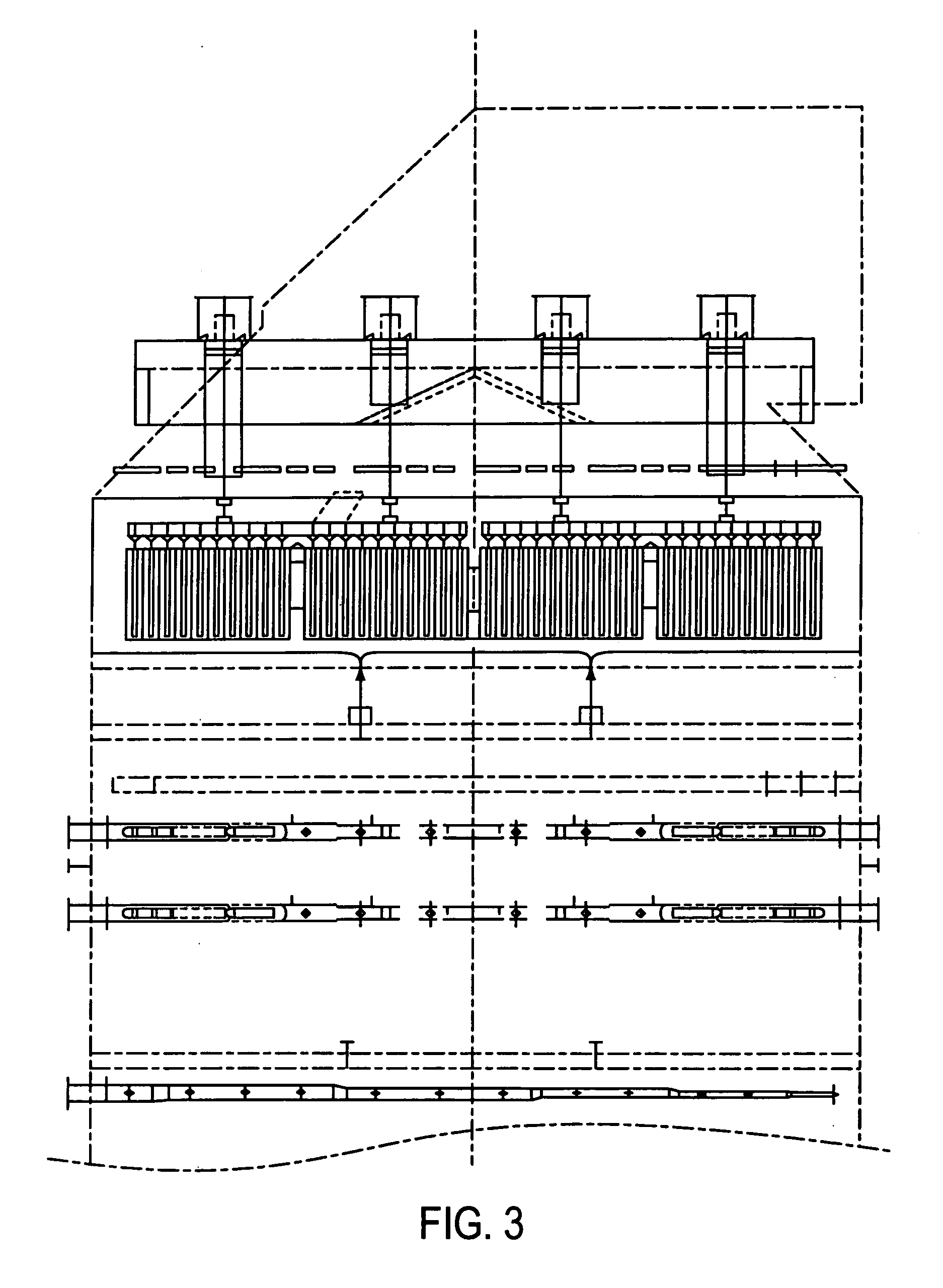Removal of Hg, NOx, and SOx with using oxidants and staged gas/liquid contact
a technology of nox and sox, which is applied in the direction of emission prevention, lighting and heating apparatus, separation processes, etc., can solve the problems of limited cost effectiveness of mechanical and/or chemical processing required to achieve the mandated reduction fouling of heat transfer surfaces. , to achieve/or other contaminants, the effect of reducing the amount of sulfur oxides
- Summary
- Abstract
- Description
- Claims
- Application Information
AI Technical Summary
Benefits of technology
Problems solved by technology
Method used
Image
Examples
Embodiment Construction
[0036] Wet scrubbing systems such as that shown on FIG. 1 and globally denoted by numeral 10 use lime, limestone, soda ash, sodium, magnesium, and calcium or other compounds for scrubbing. They also can employ any of a number of additives to enhance removal, control chemistry, and reduce chemical scale. These systems are adequate at removing SO2 up to maybe 90-98%, but do not effectively remove NOx or Hg.
[0037] In the combined system of the present invention, the flue gas is scrubbed by wet scrubbing using prior art technologies like that shown on FIG. 1 for partial removal of SO2 (partial removal means less than 100% or typically 90-95% such as is known in the prior art for calcium based scrubbers).
[0038] The gas could be, optionally, conditioned by injection of absorbents, reagents, or sorbents to reduce a portion of the inlet SO3. Some sulfur dioxide, hydrochloric acid, NOx or other acid gases may also be removed by the injection. This can be by wet or dry injection with almost...
PUM
| Property | Measurement | Unit |
|---|---|---|
| pH | aaaaa | aaaaa |
| pH | aaaaa | aaaaa |
| temperature | aaaaa | aaaaa |
Abstract
Description
Claims
Application Information
 Login to View More
Login to View More - R&D
- Intellectual Property
- Life Sciences
- Materials
- Tech Scout
- Unparalleled Data Quality
- Higher Quality Content
- 60% Fewer Hallucinations
Browse by: Latest US Patents, China's latest patents, Technical Efficacy Thesaurus, Application Domain, Technology Topic, Popular Technical Reports.
© 2025 PatSnap. All rights reserved.Legal|Privacy policy|Modern Slavery Act Transparency Statement|Sitemap|About US| Contact US: help@patsnap.com



